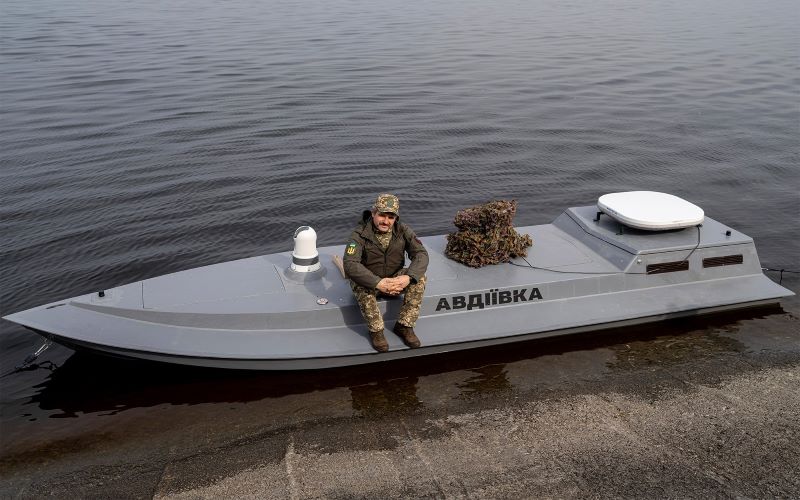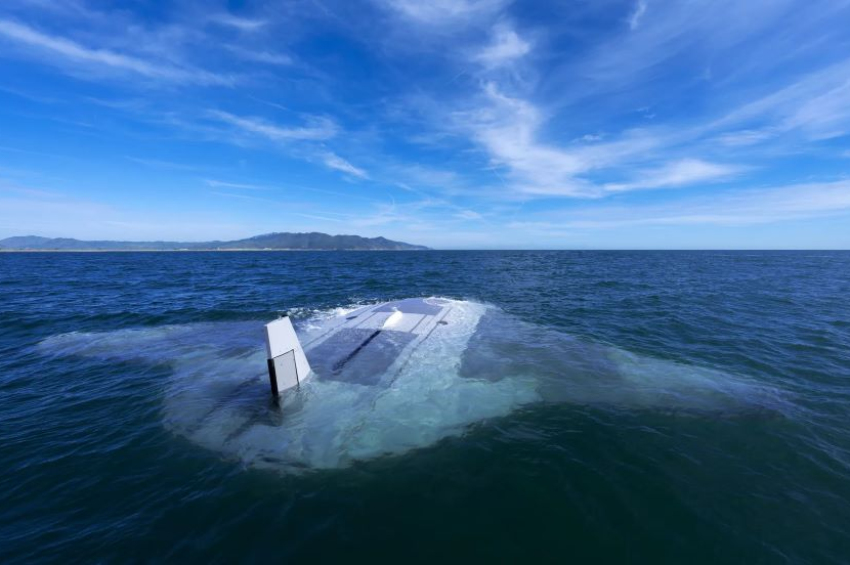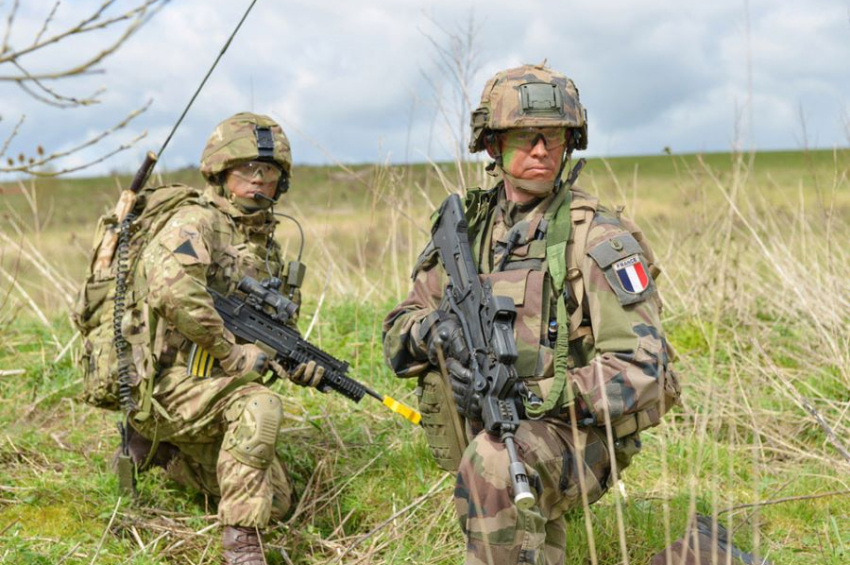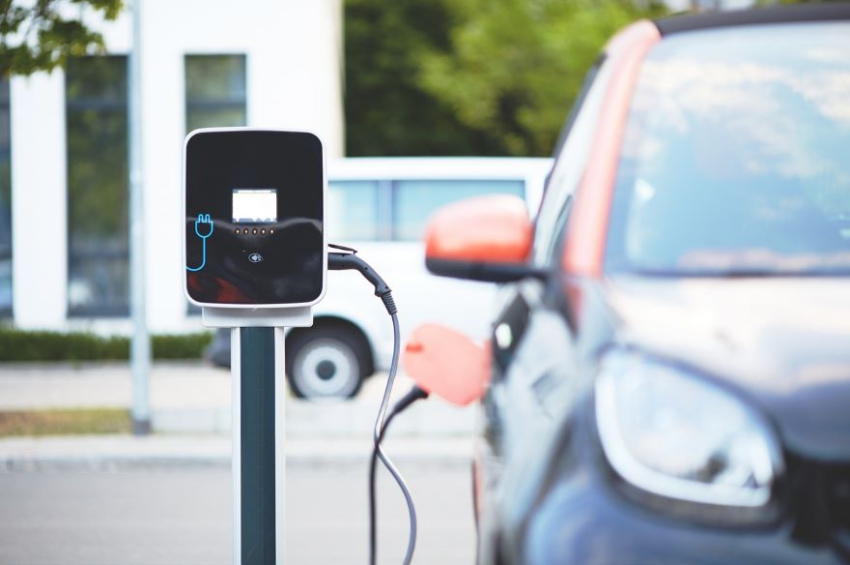NATO considers building a naval drone fleet for protection of undersea infrastructure
The North Atlantic Treaty Organization (NATO) is developing plans for a dedicated fleet of unmanned drones to safeguard critical undersea infrastructure across the Baltic and Mediterranean seas. This initiative comes in response to a series of undersea cable disruptions in European waters over the past year, with the latest incidents occurring in mid-November.
French Admiral Pierre Vandier, NATO’s Norfolk, Virginia-based commander for concepts and transformation, compared the concept to urban surveillance systems like CCTV cameras. “The technology is there to make this street-lighting with unmanned surface vessels (USVs),” Vandier said in an interview with Defense News.

Admiral Pierre Vandier. Credit: French Embassy to the US
Currently in the early stages, the project aims to provide NATO with continuous monitoring capabilities, both above and below the waterline. The initial focus will be on AI-aided surface-level surveillance, with underwater operations planned for later phases. According to Vandier, the project has received strong support from NATO’s central maritime command and the alliance’s operational headquarters.
More to read:
NATO: Russia is mapping out EU and US undersea infrastructure
NATO intends to leverage proven technology, drawing from the U.S. Navy’s Task Force 59, which has successfully deployed unmanned systems and artificial intelligence in maritime operations. Established in 2021, Task Force 59 operates out of Bahrain and focuses on integrating drones and other non-crewed systems with manned vessels.
This effort has included extensive experimentation, such as trials conducted by Task Group 59.1, a sub-unit established in January this year. In recent months, the group has tested over 23 unmanned systems, including launching loitering munitions at sea and conducting vertical take-offs of drones from USVs during the Digital Talon exercise last November.
More to read:
South Korean shipbuilder unveils revolutionary combat submarine drone
Vandier emphasized that the NATO USV fleet would build on existing technologies and practices rather than requiring significant new developments.
The goal, the French admiral noted, is to establish a NATO surveillance fleet by the alliance's next summit in the Netherlands in June 2025 while discussions are already under way.

A Ukrainian sea drone. Credit: Ukraine's Defense Ministry
The urgency of the initiative has been underscored by recent incidents, including the cutting of a telecommunications cable between Lithuania and Sweden and damage to another cable connecting Finland and Germany. Investigations into these disruptions, which occurred on November 17 and 18, are ongoing.
Ukraine’s use of remotely-controlled maritime drones as kamikaze vehicles has forced Russia to withdraw its Black Sea fleet – or what’s left of it – from Crimea to Novorossyisk.
***
NewsCafe is an independent outlet that cares about big issues. Our sources of income amount to ads and donations from readers. You can support us via PayPal: office[at]rudeana.com or paypal.me/newscafeeu, or https://buymeacoffee.com/newscafe . Any amount is welcome.







